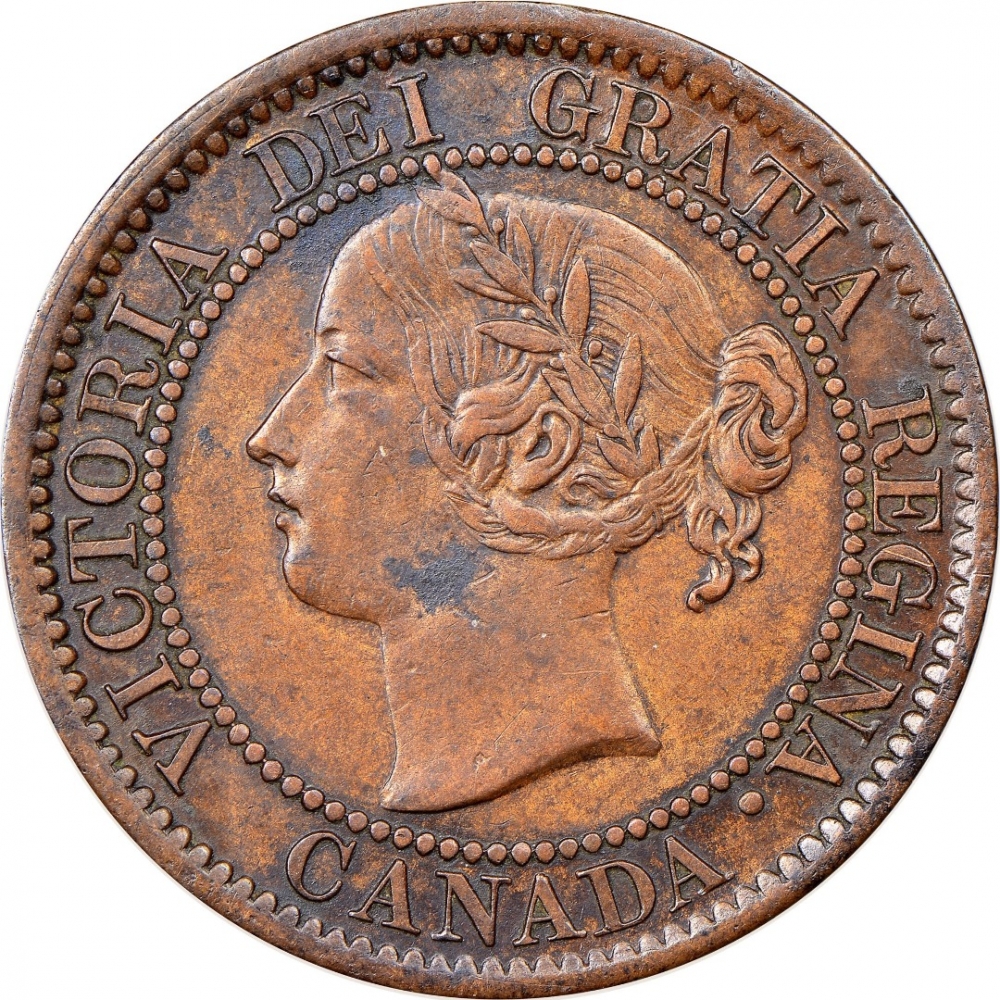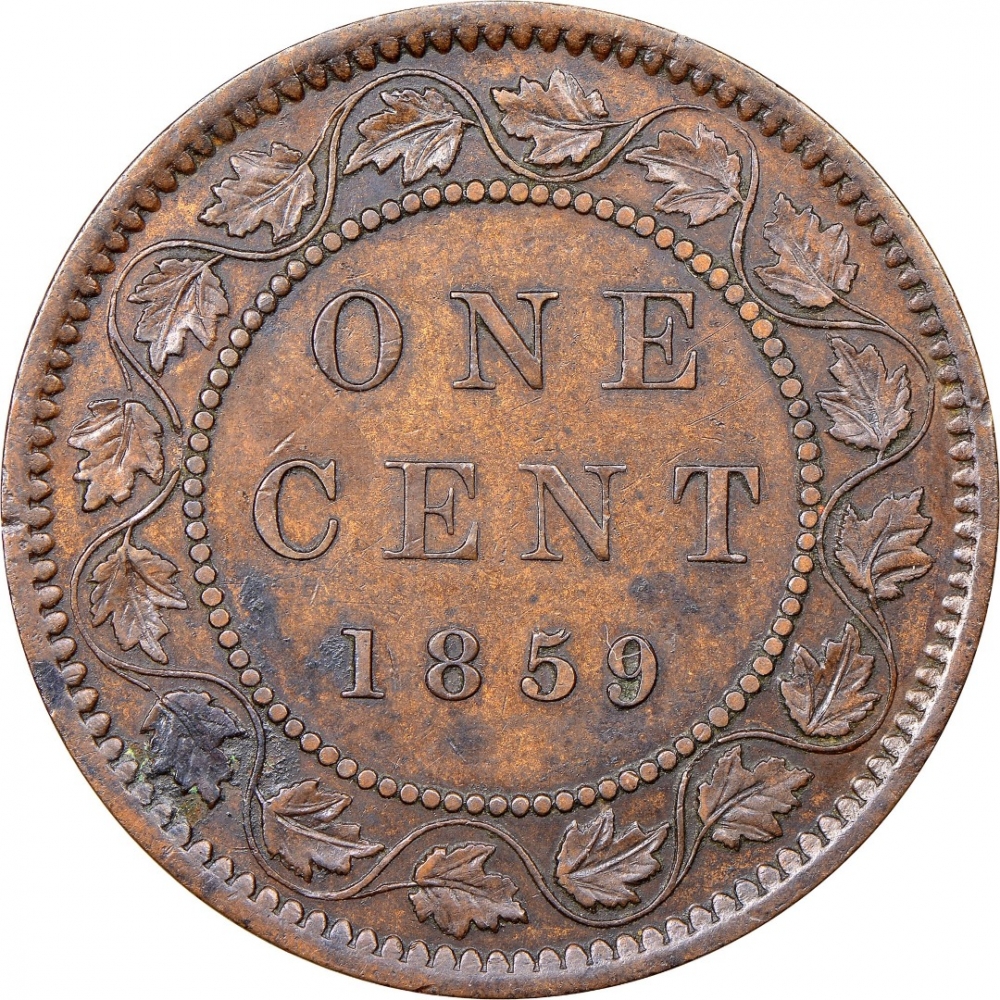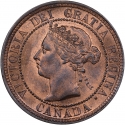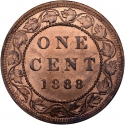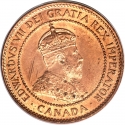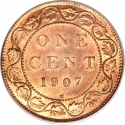You are about to finish your registration. Please check your mailbox (including spam folder). There should be a letter with a confirmation link. Check setting to make sure that your e-mail address is correct.
Send letter againDescription
The first Canadian cent was minted in 1858 and had a diameter of 25.4 millimetres (1.00 in) and a weight of 4.54 grams (0.160 oz). These cents were originally issued to bring some kind of order to the Canadian monetary system, which, until 1858, relied on British coinage, bank and commercial tokens (francophones calling them sous, a slang term that survives), U.S. currency and Spanish milled dollars. The coin's specifications were chosen with the intention of the coins also being useful as measuring tools (100 coins weighed one US pound). However, their light weight compared to the bank and merchant halfpenny tokens readily available at the time was a serious hindrance to their acceptance by the public. Some of the coins were even sold at a 20% discount, and were inherited by the Dominion government in 1867. As a result of re-punching and overdates, up to 12 different varieties exist.
Victoria (1819–1901) was Queen of the United Kingdom of Great Britain and Ireland from 20 June 1837 until her death. From 1 May 1876, she adopted the additional title of Empress of India. She inherited the throne at the age of 18, after her father's three elder brothers had all died, leaving no surviving legitimate children. Victoria married her first cousin, Prince Albert of Saxe-Coburg and Gotha, in 1840. Their nine children married into royal and noble families across the continent, tying them together and earning her the sobriquet "the grandmother of Europe". Her reign of 63 years and seven months is known as the Victorian era and was longer than that of any of her predecessors. It was a period of industrial, cultural, political, scientific, and military change within the United Kingdom, and was marked by a great expansion of the British Empire.
Engraver: Leonard Charles Wyon
Obverse

|
Portrait of the very young Queen Victoria wearing a laurel wreath. In actual fact, the Queen was decidedly older and pudgier in the 1850s, so it is considered that the image on the coins of this year portrayed the idealized image of the Queen. VICTORIA DEI GRATIA REGINA. |
|---|---|
Reverse

|
Facial value and date in a wreath made of a vine branch and 16 maple leaves. ONE |
| Edge |
